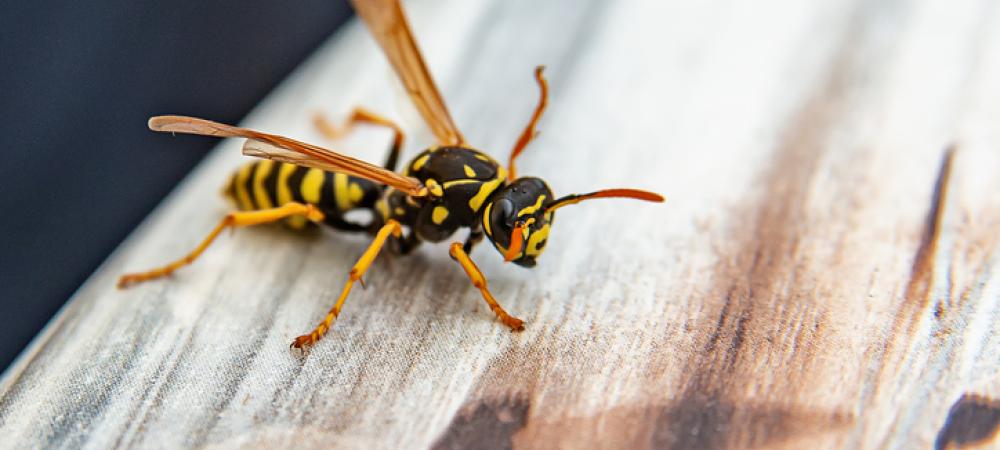Attics and basements are prime spots for pest infestations. These areas are often undisturbed, providing the darkness, warmth, and shelter that pests seek. Rodents, insects, and even wildlife like raccoons and bats can find their way into these spaces, bringing potential damage and health risks. Here’s a homeowner’s guide to keeping pests out of your attic and basement, ensuring a safe and pest-free home.
Understanding Why Pests Are Drawn to Attics and Basements
Pests are naturally drawn to attics and basements because these areas are often secluded and offer ideal hiding places. Attics are usually warm, while basements can be damp, creating suitable environments for different types of pests. Plus, attics and basements are often used for storage, providing additional places for pests to hide.
Seal Entry Points
The first and most critical step in preventing pests is to close off any entry points. Even small gaps or cracks can allow pests to enter your attic or basement.
- Inspect for Cracks and Holes: Examine the exterior of your home for cracks in the foundation, holes in the walls, and gaps around pipes and windows. Seal any openings with caulk or weather-resistant sealant.
- Use Steel Wool for Small Holes: For tiny gaps around pipes and cables, consider using steel wool. Rodents find it difficult to chew through steel wool, which deters them from entering.
- Check Roof Vents and Chimneys: Make sure roof vents and chimneys are covered with sturdy screens to prevent larger pests like raccoons or squirrels from gaining access to the attic.
Eliminate Moisture
Moisture attracts pests such as insects, rodents, and even mold, which can create secondary issues.
- Use a Dehumidifier: Basements are naturally prone to humidity, which can attract pests. A dehumidifier helps reduce moisture levels, making the basement less appealing for pests like silverfish, centipedes, and cockroaches.
- Fix Leaks: Check for leaky pipes, windows, or any areas where water collects. Repair leaks promptly to prevent damp conditions that can attract pests.
- Install a Sump Pump: For basements prone to flooding, a sump pump can be an effective way to keep water from pooling, which will discourage pests from setting up residence.
Keep the Area Clean and Clutter-Free
Pests love clutter, as it offers plenty of hiding spots. By keeping your attic and basement organized and clean, you reduce the chances of pests settling in.
- Declutter Regularly: Avoid storing piles of cardboard boxes, old furniture, or papers, as these create hiding places for pests. Use plastic bins with secure lids to store items.
- Vacuum and Dust: Regularly clean the attic and basement to remove dust, cobwebs, and potential food sources. This will also allow you to notice any signs of pests early.
- Avoid Storing Food: Don’t store pet food, birdseed, or any other edible items in the attic or basement, as these can attract rodents and insects. If you must store food, use airtight containers.
Install Screens and Barriers
Screens and barriers are effective in keeping pests out of vents, windows, and other potential entryways.
- Cover Vents and Windows: Use metal mesh screens on attic and basement windows to keep out insects and small animals. Ensure the screens are intact and replace them if damaged.
- Add Door Sweeps: Basement doors that lead outside should be equipped with door sweeps to prevent rodents and insects from sneaking in underneath.
- Check for Gaps in Insulation: Proper insulation keeps pests out and helps regulate temperature. Check that insulation in your attic and basement is in good condition and replace any damaged sections.
Use Natural Repellents
Natural repellents can be an effective, non-toxic way to deter pests from entering your attic or basement.
- Peppermint Oil for Rodents: Rodents dislike the smell of peppermint. Soak cotton balls in peppermint oil and place them around the attic or basement to deter rats and mice.
- Diatomaceous Earth for Insects: Diatomaceous earth is a natural powder that is safe for humans but deadly to insects. Sprinkle it lightly around entry points and along walls to deter insects like cockroaches and ants.
- Mothballs for Small Pests: Mothballs can help repel small animals and insects, but they should be used cautiously, as the smell can be potent and potentially harmful to pets or children.
Monitor for Signs of Pests
Keeping an eye out for signs of pests can help you detect a problem early and take action before an infestation occurs.
- Look for Droppings: Rodent droppings are a common sign of pest activity. Regularly inspect the attic and basement floors and corners for any signs.
- Check for Gnaw Marks: Rodents and small animals often chew on wood, insulation, and electrical wiring. Look for any signs of gnawing, which may indicate the presence of pests.
- Listen for Noises: Strange scratching or squeaking sounds, especially at night, are often a sign of rodents or other wildlife in the attic.
Install Traps or Hire a Professional
If you’ve noticed signs of pests, taking proactive action can help you control the situation before it becomes a full infestation.
- Use Traps for Rodents: Rodent traps can be set up along walls and in corners where activity has been observed. Use baited traps for effectiveness, and check them regularly.
- Hire a Pest Control Professional: If you suspect a larger infestation or if pests like raccoons, bats, or squirrels are present, it’s best to call a professional pest control service. They can safely remove the pests and provide guidance on prevention.
Conclusion
Attics and basements are often overlooked but highly susceptible to pest infestations. By sealing entry points, controlling moisture, maintaining cleanliness, and monitoring for signs of pests, you can effectively prevent unwanted visitors in these spaces. A bit of proactive maintenance goes a long way in ensuring your attic and basement remain secure, clean, and pest-free year-round.



